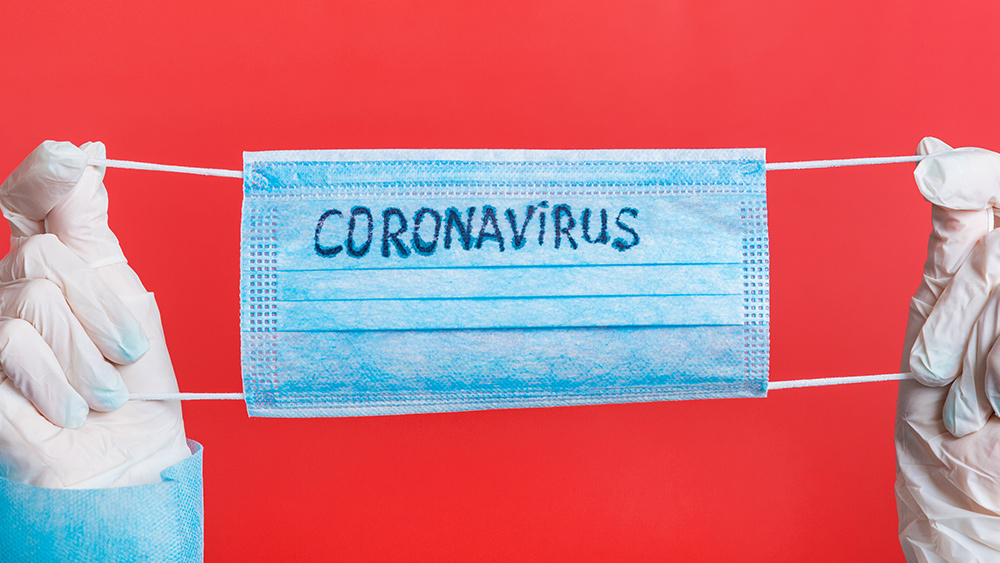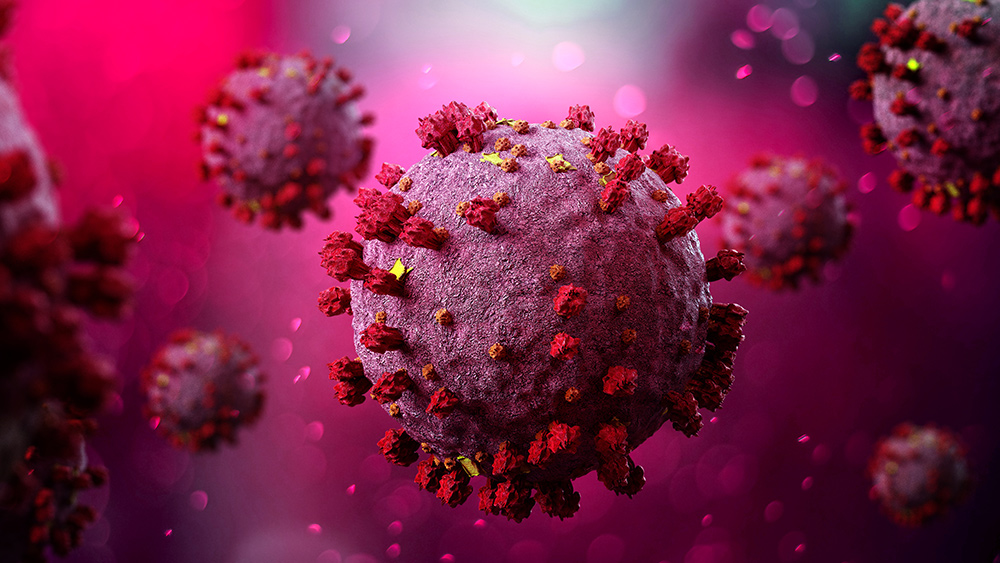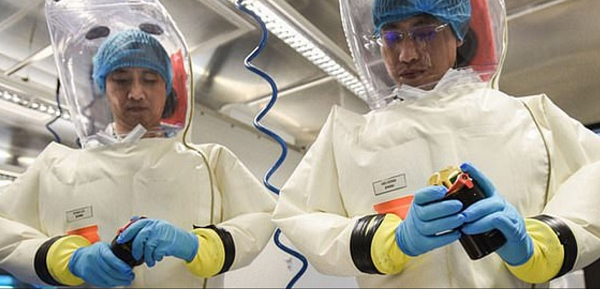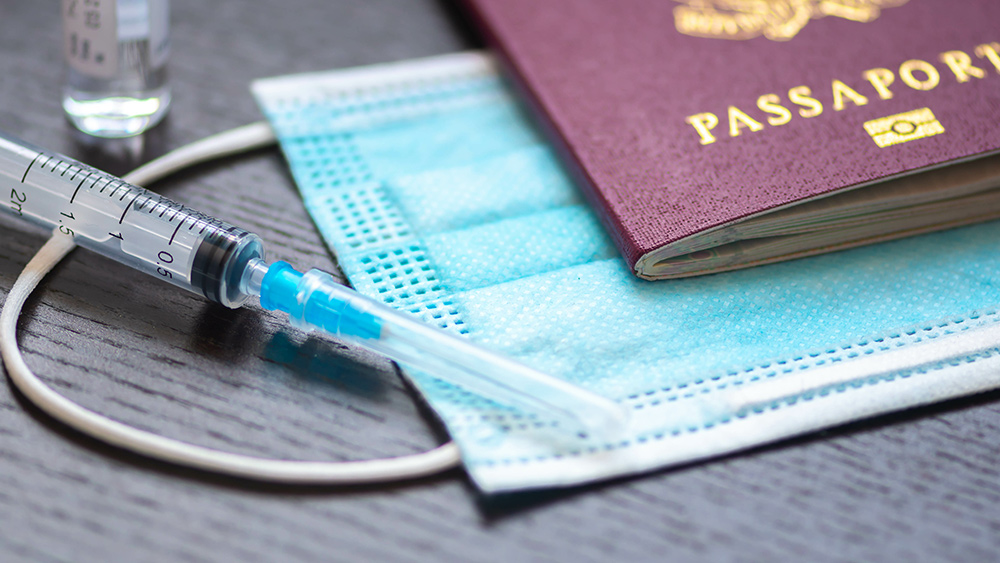Walking after a meal can help prevent diabetes, experts say
08/10/2022 / By Zoey Sky

Exercising regularly can help you maintain a healthy weight. But it seems like even light exercises such as walking can also offer certain health benefits.
According to a review by researchers from the University of Limerick in Ireland, going for a short walk after eating can help reduce blood sugar and lower your risk of developing Type 2 diabetes.
The review was published in the journal Sports Medicine.
The research team also recommended walking for at least 60 to 90 minutes after eating. This is ideal because this is when your blood sugar levels usually peak and walking lets your muscles soak up fuel from the food.
“Mini walks” offer benefits for diabetes prevention
If you don’t have a lot of free time to exercise after eating, the scientists also said that you should aim for a 15-minute stroll. If you’re in a hurry, even “mini walks” of two to five minutes still offer some health benefits.
For the review, the scientists analyzed data from seven studies that compared the effects of sitting versus standing or walking on measures of heart health such as blood sugar levels and insulin. The results showed that light walking after a meal had a noteworthy effect on moderating blood sugar levels.
In five of the studies, none of the volunteers were diagnosed with pre-diabetes or Type 2 diabetes. The remaining two studies looked at a mix of volunteers with and without these health issues.
Light-intensity walking and blood sugar levels
The volunteers were instructed to either stand or walk for two to five minutes every 20 to 30 minutes throughout the day.

All seven studies revealed that even several minutes of light-intensity walking after eating was enough to significantly improve blood sugar levels compared to sitting down after meals. When the volunteers did this, their blood sugar levels increased and fell more gradually.
If you have diabetes, avoiding sharp fluctuations in blood sugar levels is important for diabetes management. Experts also think sharp fluctuations are linked to the development of Type 2 diabetes. (Related: Health and nutrition: Study links eating a plant-based diet to lower risk of diabetes.)
Just standing up helped lower blood sugar levels.
However, light walking was linked to a more significant improvement in sugar levels since it requires more active engagement of your muscles than standing. Additionally, walking uses the sugar when there is a lot of it circulating in the bloodstream.
Aidan Buffey, lead author of the review, explained that going on a mini walk of two to three minutes is great for a busy work day. After all, a busy employee won’t always have the spare time to “get up and run on a treadmill or run around the office.”
But someone on their lunch break can go get some coffee or take a quick stroll down the corridor.
Dr. Euan Ashley, a cardiologist at Stanford University who wasn’t involved in the study, added that “[moving] even a little bit is worthwhile and can lead to measurable changes.” Even if you don’t have time to go on a walk, “standing will get you some of the way there,” added Ashley.
Other ways to prevent diabetes
As the review above proved, walking from two to 90 minutes after eating a full meal can help lower your risk of developing Type 2 diabetes.
Detailed below are more tips for diabetes prevention.
Limit your total carb intake
The quantity and quality of your carb intake are both crucial factors to consider when making dietary changes to lower your risk of developing diabetes.
Your body breaks down carbs into small sugar molecules, which are absorbed into the bloodstream. The resulting rise in blood sugar stimulates your pancreas to produce insulin, a hormone that helps sugar move from the bloodstream into your cells.
Before diagnosis, your blood sugar levels may be high, but not high enough to indicate diabetes. This condition is called prediabetes.
If you have prediabetes, your cells are resistant to insulin and blood sugar remains high. To offset this, your pancreas produces more insulin to help bring blood sugar down.
Over time, this can lead to progressively higher blood sugar and insulin levels until you eventually develop Type 2 diabetes. Many studies suggest that there is a link between frequent added sugar or refined carb intake and diabetes risk.
Fortunately, replacing these items with foods that have less of an effect on blood sugar may reduce your risk of developing diabetes. Note that all carb sources, not just sugar and refined carbs, trigger the release of insulin.
While your body digests refined carbs faster than complex carbs, there’s mixed evidence that a food’s blood sugar increase is correlated with diabetes risk. This suggests that managing your overall carb intake and eating carbs that are high in fiber are better for preventing diabetes than just limiting your intake of highly processed carbs.
Some foods and drinks high in added sugars or refined carbs include candy, desserts, pasta, sweetened breakfast cereal, white bread and soda.
Improve your eating habits by consuming more superfoods and non-starchy vegetables like broccoli, mushrooms, oatmeal, whole fruit and whole grain bread and pasta. These alternatives are higher in fiber, which helps mitigate spikes in your blood sugar.
You can also consume lean proteins such as fish and healthy fats from avocado, nuts, olive oil and seeds because they have less of an effect on blood sugar. These foods are great additions to your diet to help prevent Type 2 diabetes.
Eat smaller portions
You can also prevent diabetes by eating portion sizes appropriate for your needs. This is important because data suggests that eating too much food at one time may cause higher blood sugar and insulin levels in people at risk of diabetes.
On the other hand, consuming smaller portions may lead to reduced calorie intake and subsequent weight loss. This then helps lower diabetes risk.
Guidelines for the prevention and management of Type 2 diabetes usually recommend portion management as a way to help people maintain a healthy weight.
If you need help managing your portion sizes, make your plate half non-starchy vegetables, a quarter of your choice of lean protein and a quarter of complex carbs like fruit or whole grains. If you’re dining at a restaurant that serves large portions, choose an appetizer for your main course or ask for a half portion.
Lastly, manage snack servings by placing your desired amount into a plate instead of eating snacks straight out of the bag.
Drink water instead of sugary beverages
According to research, sugary beverages like soda and sweetened fruit juice are often associated with an increased risk of both Type 2 diabetes and latent autoimmune diabetes in adults (LADA).
The best way to limit your consumption of sugary beverages is to drink plain water.
One large observational study involving 2,800 volunteers showed that people who drank more than two servings of sugary beverages daily had a 99 percent and 20 percent increased risk of LADA and Type 2 diabetes, respectively. Meanwhile, increased water intake is linked to improved blood sugar management and insulin response.
Data from a 24-week study revealed that overweight adults who replaced diet sodas with water while following a weight loss program experienced a decrease in insulin resistance, fasting blood sugar and insulin levels.
There are many ways to prevent diabetes, most of which involve making lifestyle changes such as exercising more and avoiding sugary foods and drinks.
To reduce diabetes risk, go on a two-minute walk. If you have more time to spare, walk for at least 60 to 90 minutes.
Watch the video below to know how vitamin C can benefit someone with diabetes.
This video is from the Wellness Talk channel on Brighteon.com.
More related stories:
This edible medicinal mushroom from China can lower blood sugar and blood lipid levels naturally.
Vitamin C found to improve blood sugar and blood pressure control in people with Type 2 diabetes.
Researchers study preventing cancer and diabetes with the Chilean maqui berry.
Sources include:
Submit a correction >>
Tagged Under:
alternative medicine, anti-diabetes, blood sugar, diabetes science, exercise, natural health, physical activity, prevent diabetes, research, Type 2 Diabetes, walking
This article may contain statements that reflect the opinion of the author




















